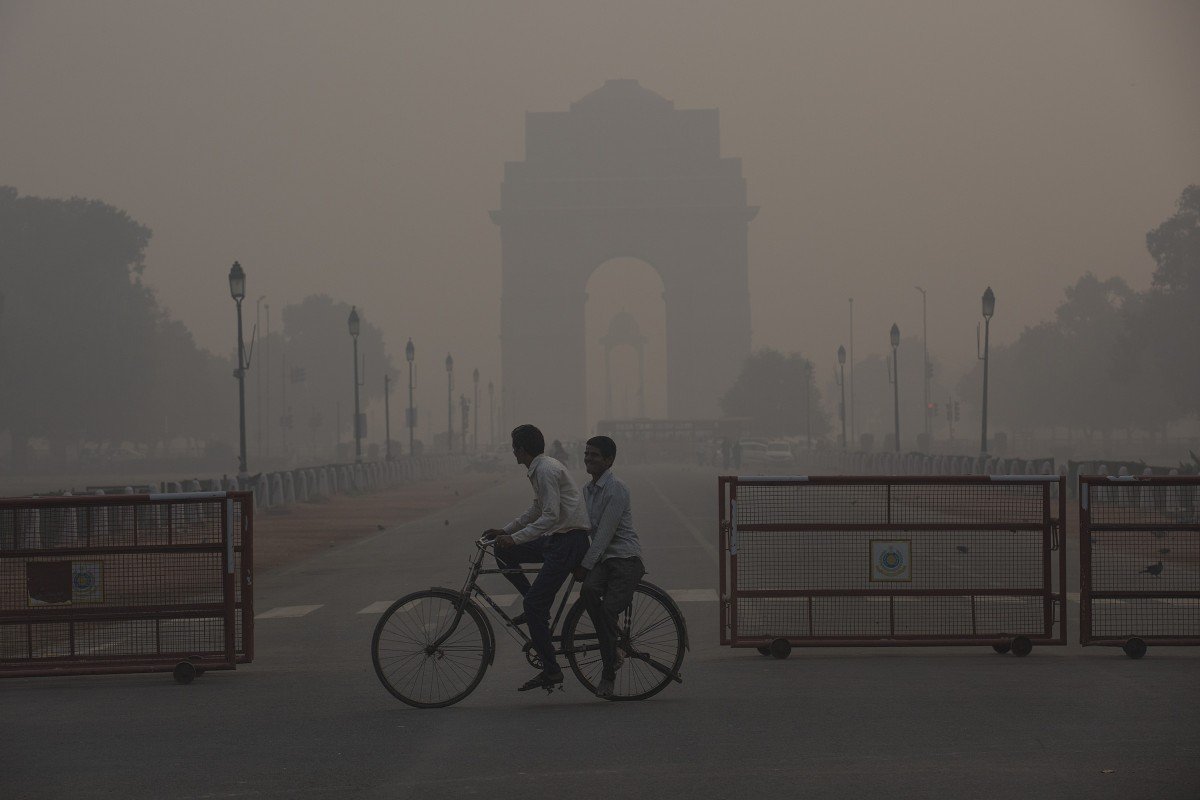A RAPE victim has died after being set on fire on her way to an Indian court to testify against her brutal attackers.
The woman was about to board a train in Uttar Pradesh to head to the hearing when she was doused with kerosene and set alight.
She was airlifted to New Delhi for treatment but eventually succumbed to her shocking injuries late last night.
The attack, the second major case of violence against women in the past two weeks, has sparked public outrage in India.
The woman died after suffering a cardiac arrest, Dr Shalabh Kumar, the head of burns and plastic department at Safdarjung Hospital told Reuters.
“She was having 95 per cent burns,” he said, adding the woman’s windpipe was burnt and “toxic and hot fumes” had filled her lungs.
The woman had filed a complaint with Unnao police in March alleging she had been raped at gunpoint on December 12, 2018, police documents show.
The woman named two local men, one of them was arrested by police, the other absconded.
Having been subsequently jailed, the alleged rapist was released last week after securing bail, police officer S.K. Bhagat said in Lucknow, the capital of Uttar Pradesh state.
On Thursday, the rape victim was seized by five men, including the two people she had named in her complaint, and beaten, stabbed and set on fire, a police statement revealed.
Still ablaze, she walked nearly a kilometre seeking help before finally calling the police herself.
All five of the accused have been arrested and are in custody.
A fast-track court would now hear the case and the guilty would not be spared, said Chief Minister Yogi Adityanath.
FAMILY THREATS
In India, lengthy trials, often a result of fewer courts and judges, tend to delay convictions, leaving poor, disillusioned victims with little money and patience to pursue the case.
Also, long trials result in bails to the accused who often intimidate victims and their witnesses, and try tampering with evidence.
The victim’s father has alleged that his family was been harassed and threatened by the family of the accused.
“We tried to seek protection as the accused and their family kept threatening my daughter and my family, but we received little help from the government,” he said.
“Now, every single accused should be either hanged or shot dead.”
